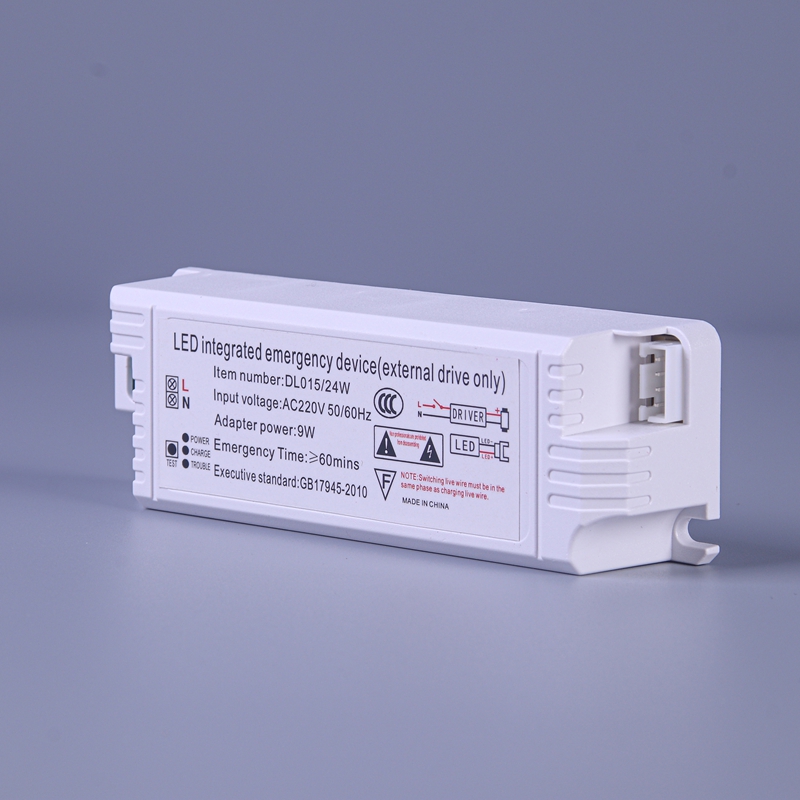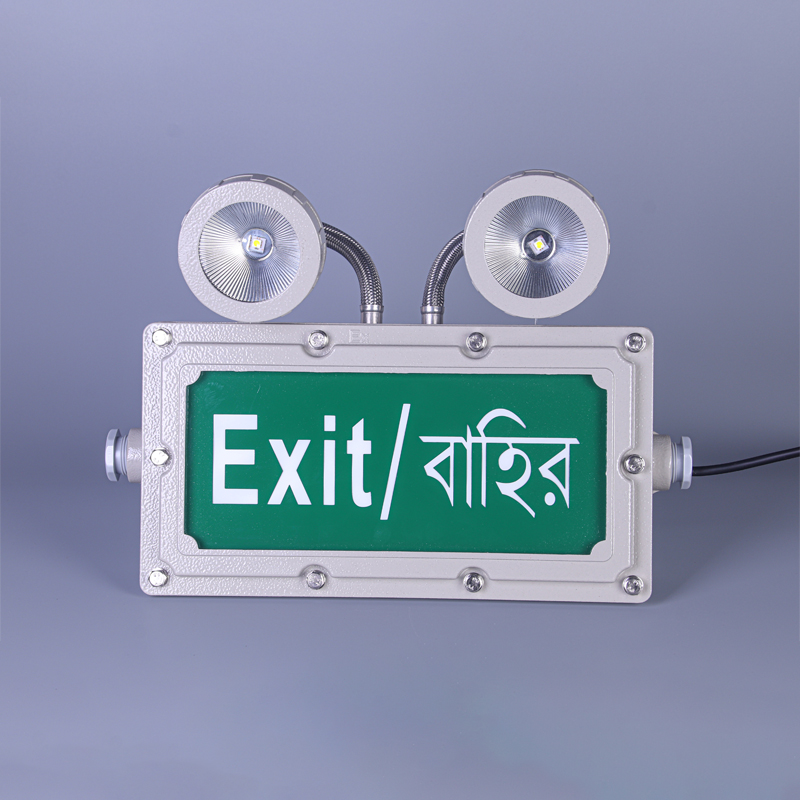
Emergency lamp of inconsistent action
Emergency lamp of inconsistent action
Emergency lamps are indispensable assistants in case of sudden disconnection of electricity. They provide safe lighting, allowing us to navigate in the dark and prevent possible injuries. But not all emergency lamps work the same way. Today we will talk about the lamps of inconsistent action - their features, pluses and minuses.
The principle of operation and device
These lamps, unlike constantly charged models, are turned on only when the main power is turned off. They do not have a built -in battery that would continuously support the work. Instead, they use a reserve power system that activates with power supply problems. As a backup source, for example, an electrochemical source can be used, which, due to certain reactions, allows you to produce electrical energy. This allows you to save space and, in certain cases, the cost of the device itself.
Pros of use of emergency shallow lamps
The main plus is an affordable price. An inconsistent action leads to saving on components, which, for example, provide maintaining a constant charge of the battery. Such a lamp is also more compact and light, which is important for installation in a limited space. Devices of this type are suitable for temporary lighting, where long -term work is not required from an emergency source.
Cons and restrictions on use
The main disadvantage is that the lamp will not provide lighting until the reserve system is triggered. This time can be sufficient in rooms with a short voltage drop. But in the case of a long shutdown, for example, in case of an accident on the power line, lighting may not be enough. Also, these lamps are not suitable for areas with high requirements for continuous lighting, such as hospital or data processing centers. The temporary interval of the operation and the working hours are limited. It is necessary to remember these factors when choosing and using this type of lamps.
AppropriateProducts
Corresponding products
The best soldproducts
The best -selling products-
 3W LED emergency lamps
3W LED emergency lamps -
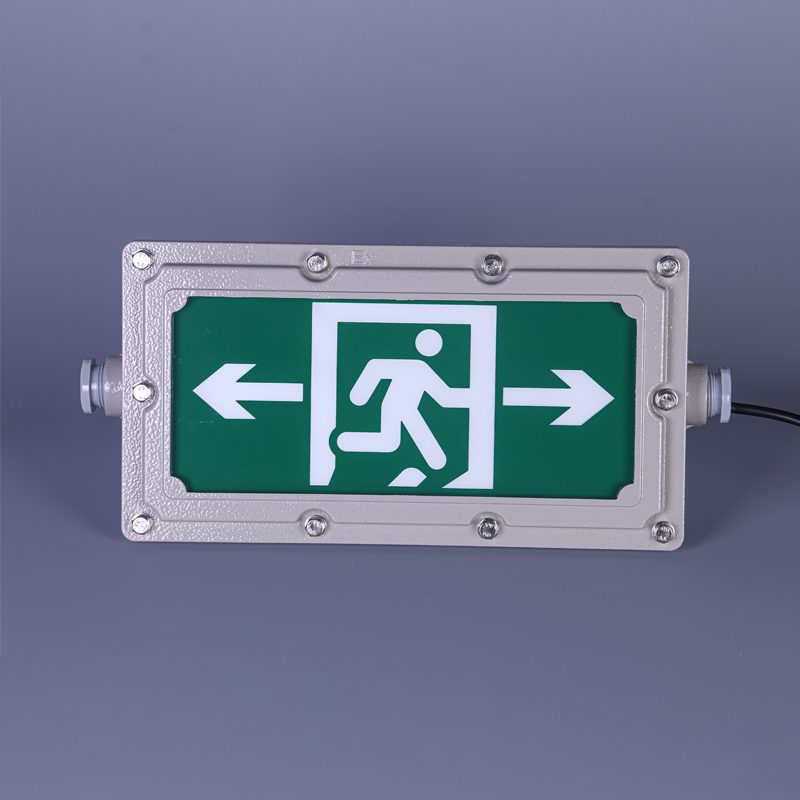 3w rechargeable explosion -proof LED output sign of emergency lamps
3w rechargeable explosion -proof LED output sign of emergency lamps -
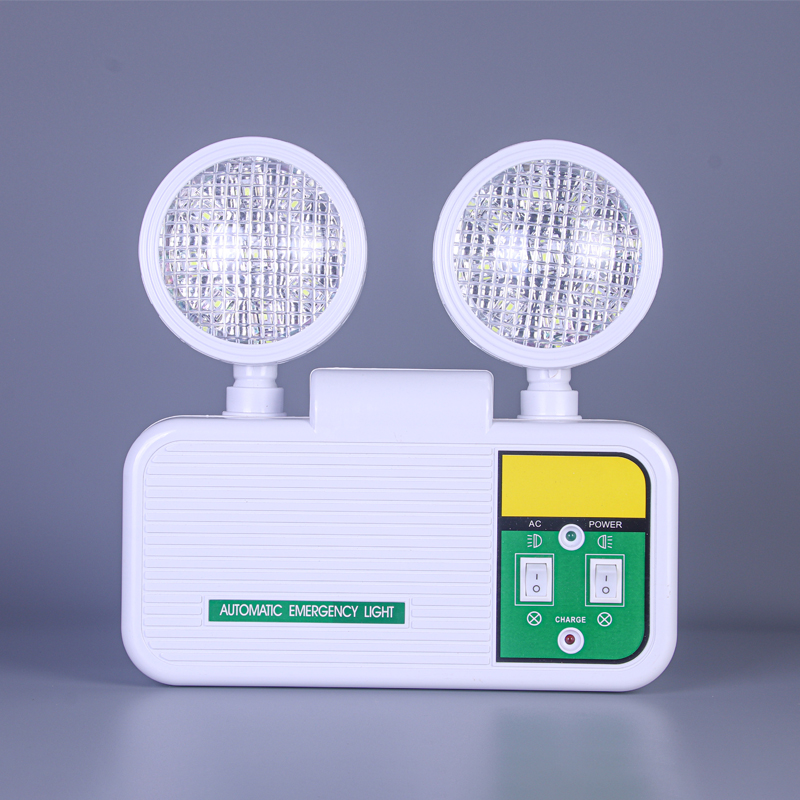 9 W LED automatic two -headed emergency lanterns
9 W LED automatic two -headed emergency lanterns -
 LED emergency lanterns with a double head 9 watts
LED emergency lanterns with a double head 9 watts -
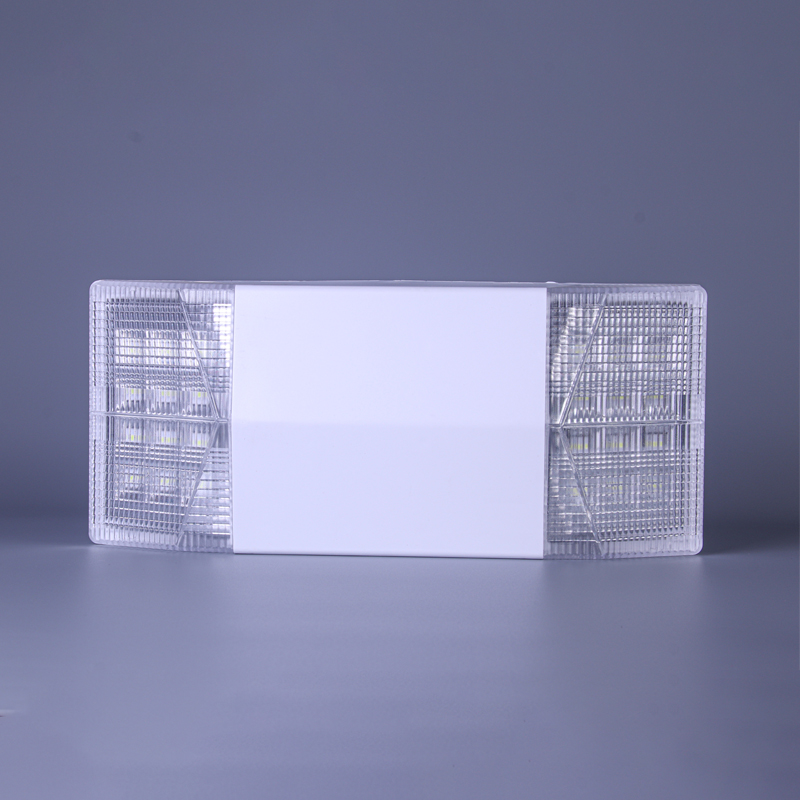 6W LED rechargeable automatic emergency lamp
6W LED rechargeable automatic emergency lamp -
 Wall ABS Red LED emergency exit with the battery
Wall ABS Red LED emergency exit with the battery -
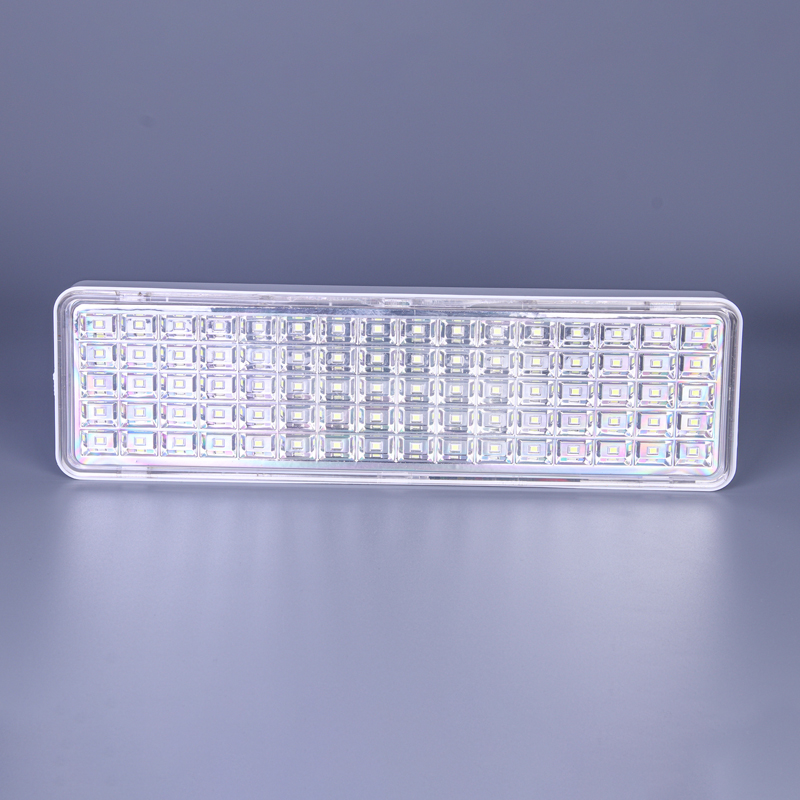 Lithium battery of 80 LEDs Emergency LED lamp
Lithium battery of 80 LEDs Emergency LED lamp -
 LED rechargeable emergency sign of output light of emergency light box Box
LED rechargeable emergency sign of output light of emergency light box Box -
 3W emergency LED exit sign Light of the Board Management
3W emergency LED exit sign Light of the Board Management -
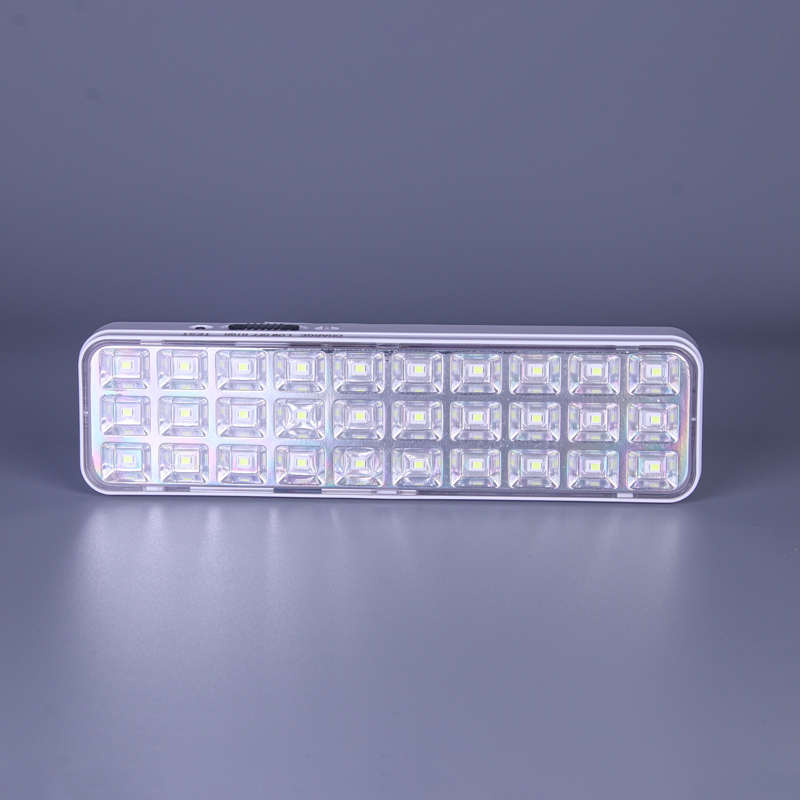 LED 3 W rechargeable portable camping lamp
LED 3 W rechargeable portable camping lamp -
.jpg) 6W LED automatic emergency lamp
6W LED automatic emergency lamp -
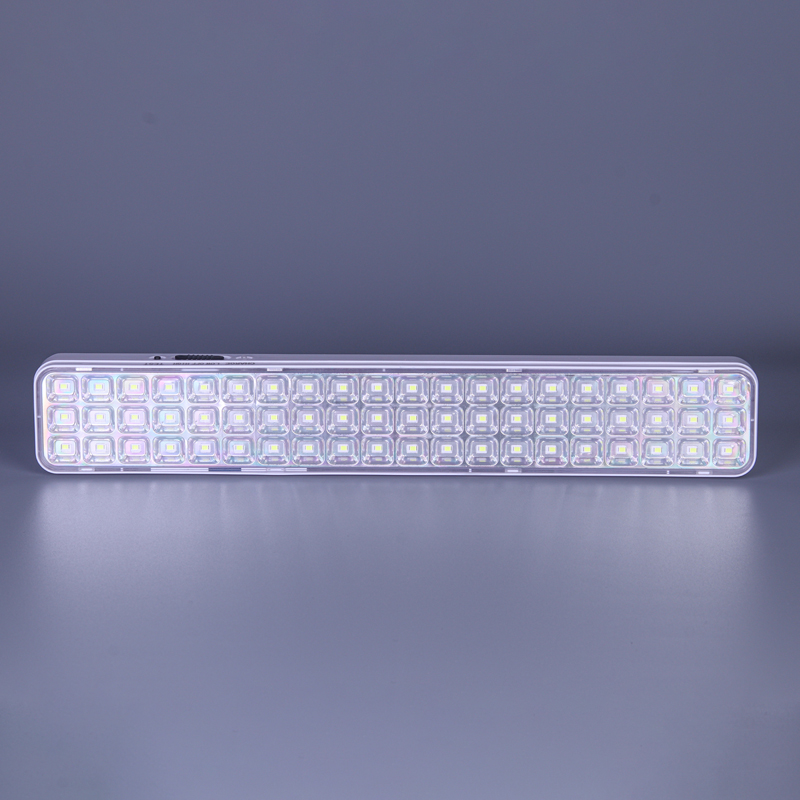 Portable battery -free LED lamp for 60 LEDs
Portable battery -free LED lamp for 60 LEDs
Connectedsearch
Related search- Chinese factories of LED emergency power lamps
- China manufacturer LED emergency lights with a battery price
- Chinese manufacturer of intermittent emergency lighting IP20
- Chinese manufacturers of ceiling lamps with emergency diet
- China LED emergency lights AC DC Plant
- Emergency lighting suppliers BS 831 9 from China
- Chinese manufacturers of emergency lamps of St. Petersburg
- Emergency LED lamp 30LED
- Chinese suppliers of emergency lanterns with batteries
- China LED emergency lamps uranium LED manufacturers











